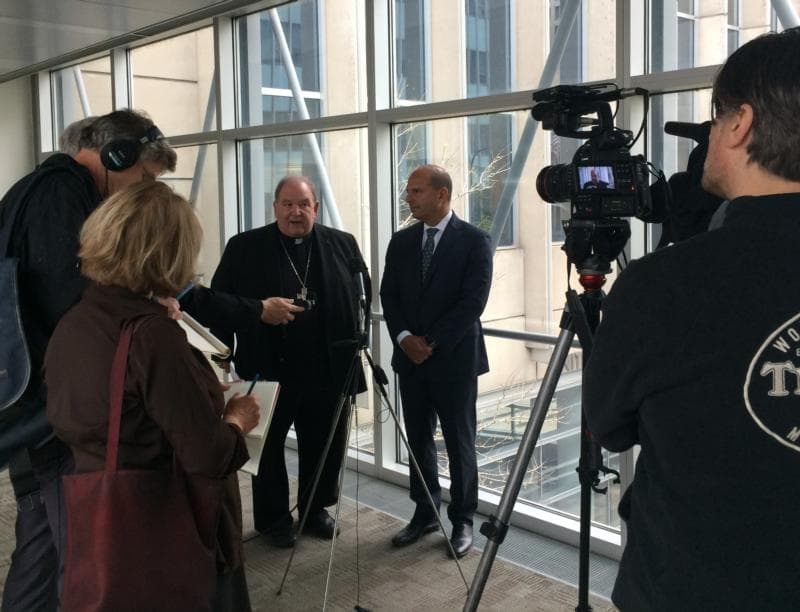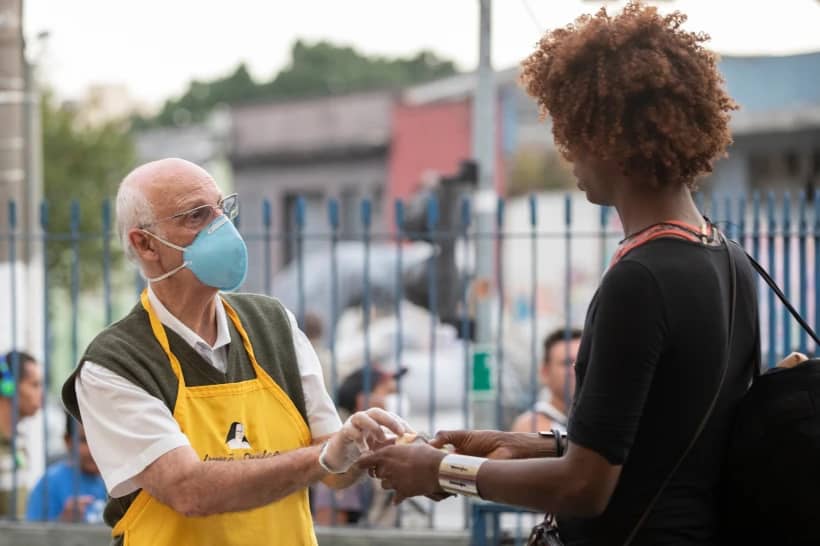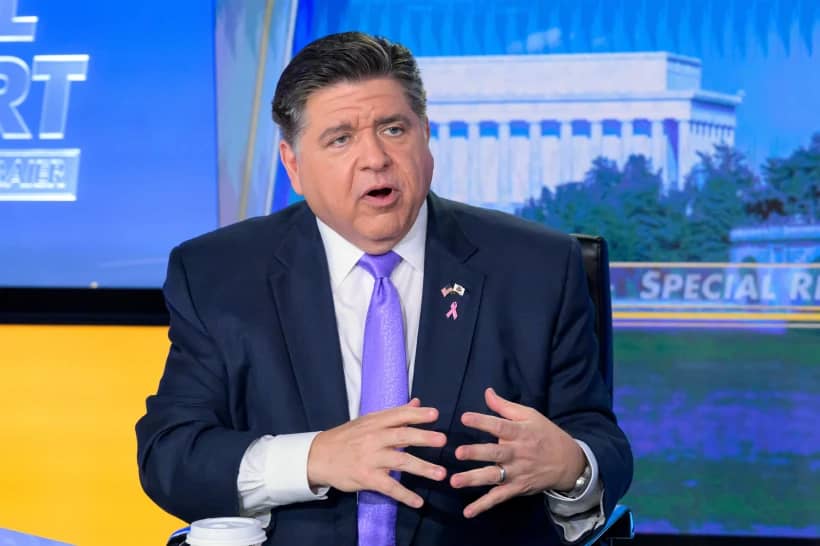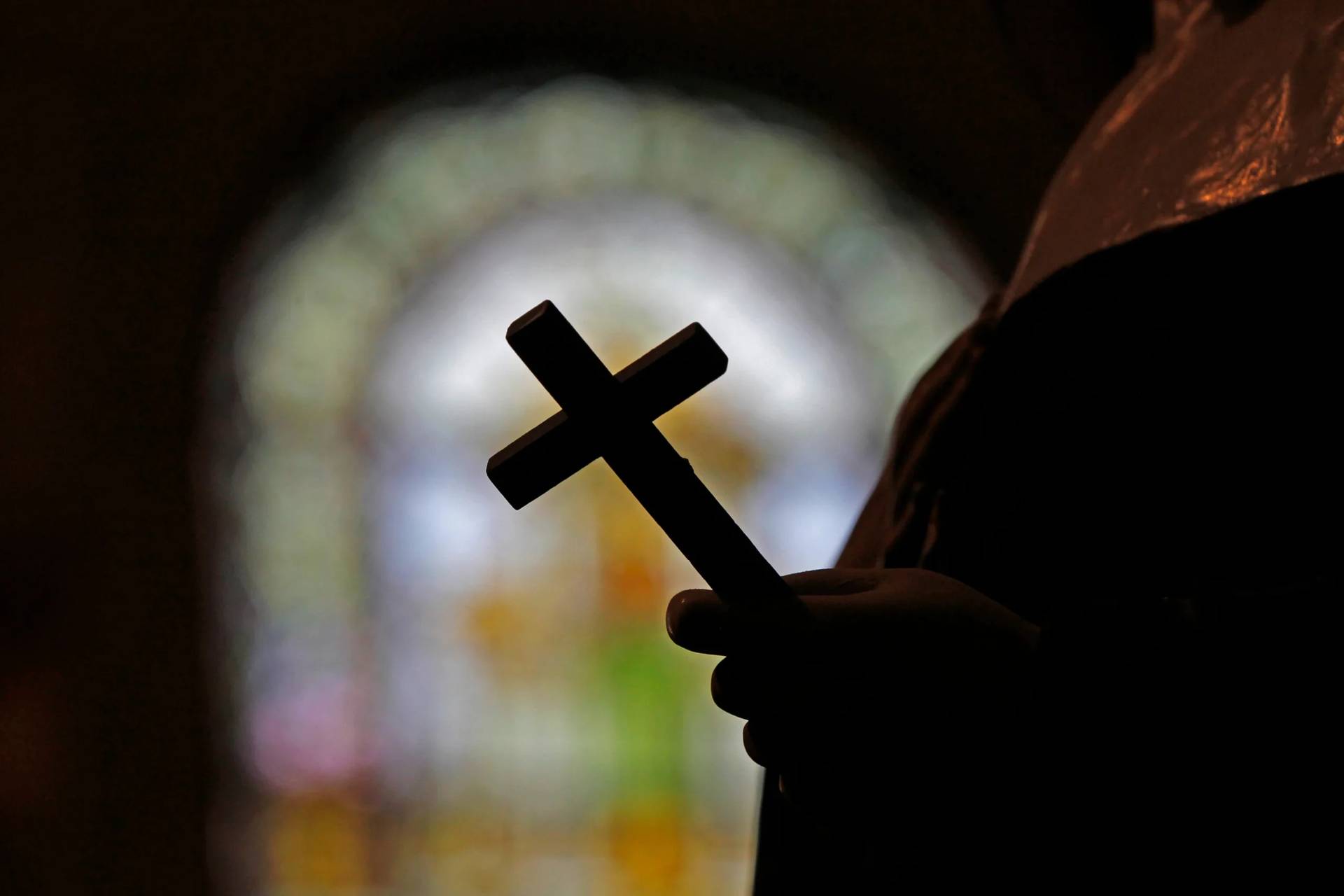SOUTH BEND, Indiana – As dioceses across the country continue to face multi-million dollar payouts related to clerical sex abuse, some bishops have relied on advice from lawyers to reconfigure the property of their dioceses into charitable trusts.
The practice – which has been implemented by several dioceses after the clerical sex abuse revelations of the early 2000s – creates significantly different outcomes for dioceses and abuse victims in the case of bankruptcies.
Critics say the moves shield assets that could be paid to victims of clerical abuse and may even be illegal. However, Church officials defend the practice, saying their actions were intended to better align the dioceses’ corporate status with canon law. Other dioceses say they acted to ensure the long-term viability of the Church.
In the Archdiocese of St. Paul and Minneapolis’s bankruptcy, which was resolved in 2016, the archdiocese calculated its assets at $45 million, while advocates for abuse victims argued that other church entities brought the sum up to $1.7 billion. That means individual victims could receive tens of thousands of dollars more in a bankruptcy settlement depending on how courts define the assets of the archdiocese.
With millions of dollars at stake, lawyers for dioceses and victims have taken to courts and conference rooms to decide whether money should be allocated to victims or sustain the Church’s ministry. There, they reference two legal codes to answer the question:
Who owns the Church’s property?
Church Law vs. Secular Law
Debate about the structure of dioceses did not originate with clerical sex abuse lawsuits.
In the late 19th century, many state legislatures addressed the gap between how secular and canon law view the Catholic Church’s property. They developed the idea of the ‘corporation sole’ for dioceses – allowing bishops to control financial matters, while still allowing the next bishop to take over once his predecessor died or moved dioceses.
“It’s almost like a feudal structure,” said Marie Reilly, a law professor at Penn State who studies the intersection of bankruptcy and canon law. “You needed a way for the king to survive as a political entity so the property of the kingdom wouldn’t pass to his heirs but would remain property of the crown.”
Reilly sees the corporation sole as a ‘centralized model,’ where all diocesan entities are pooled together, and the bishop controls it all from the top.
Meanwhile, in the ‘decentralized model,’ schools and parishes exist as individual corporations or trusts. Instead of directly controlling church entities, the bishop serves as a trustee and the pastor or president of the smaller entity as the trust administrator.
The centralized model is more prevalent in older dioceses on the coasts, while the decentralized model was established in newer dioceses after laws began to define more clearly the status of non-profit corporations.
While both the centralized and decentralized models attempt to realize what is written in canon law, Reilly told Crux that she thinks the corporation sole model falls flat.
“The bishop doesn’t own parish property, property belongs to the juridical entity that acquired it,” she said. “So, when a parishioner or somebody makes a donation to a parish, that property belongs to the parish.”
That is why some dioceses decided to reconfigure their corporate status over a period stretching from roughly 2006 to 2012, including places like Erie, Pensylvania. In the process they moved from a corporation sole, the ‘centralized model,’ and transferred parishes into their own charitable trusts, a move which diocesan officials say better reflects canon law.
While it might look like parishes and other entities belong to the bishop, the diocese and parishes are separate juridical entities, meaning they own different things.
Dr. Kurt Martens, a canon lawyer at the Catholic University of America, said the bishop might oversee the activities of a parish, comparing the system to checks-and-balances, but is bound from doing more by canon law.
“The bishop, canonically speaking, does not own, through the diocese, the assets of a parish,” Martens said in an interview.
While canon law clearly separates bishops from parishes, the argument under secular law is more complicated. As a trustee, the bishop has secular authority over the parish charitable trust, a detail which diocesan lawyers contest is beside the point.
“The distinction between [diocesan] assets and parish charitable trust assets is not eliminated simply because the bishop is a trustee of a parish charitable trust,” said John Fessler, a lawyer for the Diocese of Erie.
The possibility for a bishop to control parish assets in secular law is outweighed by canon law, Fessler explained. Instead, the pastor and finance council of the parish, as trust administrators, would make financial decisions on behalf of the charitable trust.
“[The bishop] is the trustee of the parish charitable trust, he’s not a dictator,” Fessler said.
“Intent to avoid a right, debt or duty”
While dioceses like Erie say their financial actions are grounded in realizing canon law, other dioceses view property conveyances as a business-minded approach to sustaining the work of the Church.
Such was the case in 2006 when the Diocese of Burlington in Vermont transferred its parishes and other entities into charitable trusts. Then-bishop Salvatore Matano said he made the change to protect church institutions from any financial fallout experienced by the diocese.
“It’s certainly just to ask the Church to be accountable, but is it just to destroy parishes, schools and other agencies of care to do so?” Matano asked in an interview with the Rutland Herald at the time. “I think it’s unfair to penalize them and say they are responsible.”
While Matano said he believed parishes were already separate from diocesan assets by virtue of canon law, he wanted to make that clearer by placing them in trusts.
“In the climate we’re in, it appears a legal system might look to every entity indiscriminately,” he said.
In response to Matano’s transfers, Jerome O’Neill, a lawyer who has defended abuse victims in Vermont, sued the Diocese of Burlington for fraudulent conveyance. In order to win that case, and prove that the diocese tried to keep money away from creditors, he would first need to get a judgement from the court establishing the victims as creditors in a case against the diocese.
However, O’Neill dropped the suit in 2010 when he settled with the diocese, resolving 26 lawsuits and awarding victims over $17 million.
Despite dismissing the fraudulent conveyance lawsuit, O’Neill still believes there is “no question” that Matano violated the law.
“It was done for the purposes of transferring the assets,” O’Neill told Crux. “There wasn’t something in exchange for it. So, consequently, I think quite clearly it would fit under the definition of a fraudulent conveyance.”
On the subject of real estate transfers, Vermont state law prohibits conveyances “with intent to avoid a right, debt or duty of a person.”
Tom McCormick, a lawyer for the Diocese of Burlington, declined to comment, citing the diocese’s involvement with ongoing litigation related to sex abuse.
Reilly, the law professor, noted that while dioceses may have a good reason to reconfigure their assets, dioceses who convey parishes and become insolvent without gaining any value could give creditors “beef,” and run into legal problems.
“You’re making wealth-depleting transfers that reduce the pool of assets available to satisfy those claims,” she said. If dioceses do this, “creditors can essentially return to the pre-transfer state” of the centralized model.
A “daunting” task
Vermont never fought a fraudulent conveyance charge in court, but lawyers disagree whether or not the diocese would have been able to keep parish assets off the table from creditors. Regardless, Burlington and other dioceses who transferred property around 2006 are safe from legal action, since the statute of limitations on fraudulent transfers for most states has passed.
For dioceses that might try to transfer property in the future, though, warning signs exist.
The Archdiocese of Santa Fe is currently facing a Chapter 11 bankruptcy, and despite transferring its assets in 2012, could still be ordered to pay victims with assets from church entities included in the sum.
In 2016, the Archdiocese of St. Paul and Minneapolis successfully argued its parishes were separate from diocesan assets after its creditors filed a motion for substantive consolidation in their Chapter 11 bankruptcy. That archdiocese, though, was formed in the ‘decentralized model,’ and not as a corporation sole like Santa Fe.
Other dioceses, such as Portland, Ore., did not win the same argument as St. Paul and Minneapolis. Martens credited this to state statutes not referencing canon law enough, leading courts to combine assets of the archdiocese with other church entities.
In addition to the risk of property transfers not holding up in court, Reilly pointed out that the legal workload of making the trusts could deter a bishop.
“If you have an archdiocese that’s organized as a corporation sole, the legal expense associated with completely reconfiguring its corporate organizational structure and retitling all of its property is daunting,” the law professor said.
“Unless there is a critical, imperative reason to do it, no bishop is going to spend money on that type of thing,” she said. “It’s only after you have a massive threat of liability that corporate structure rises to the top of the to-do list in the chancery office.”
Crux is dedicated to smart, wired and independent reporting on the Vatican and worldwide Catholic Church. That kind of reporting doesn’t come cheap, and we need your support. You can help Crux by giving a small amount monthly, or with a onetime gift. Please remember, Crux is a for-profit organization, so contributions are not tax-deductible.
















